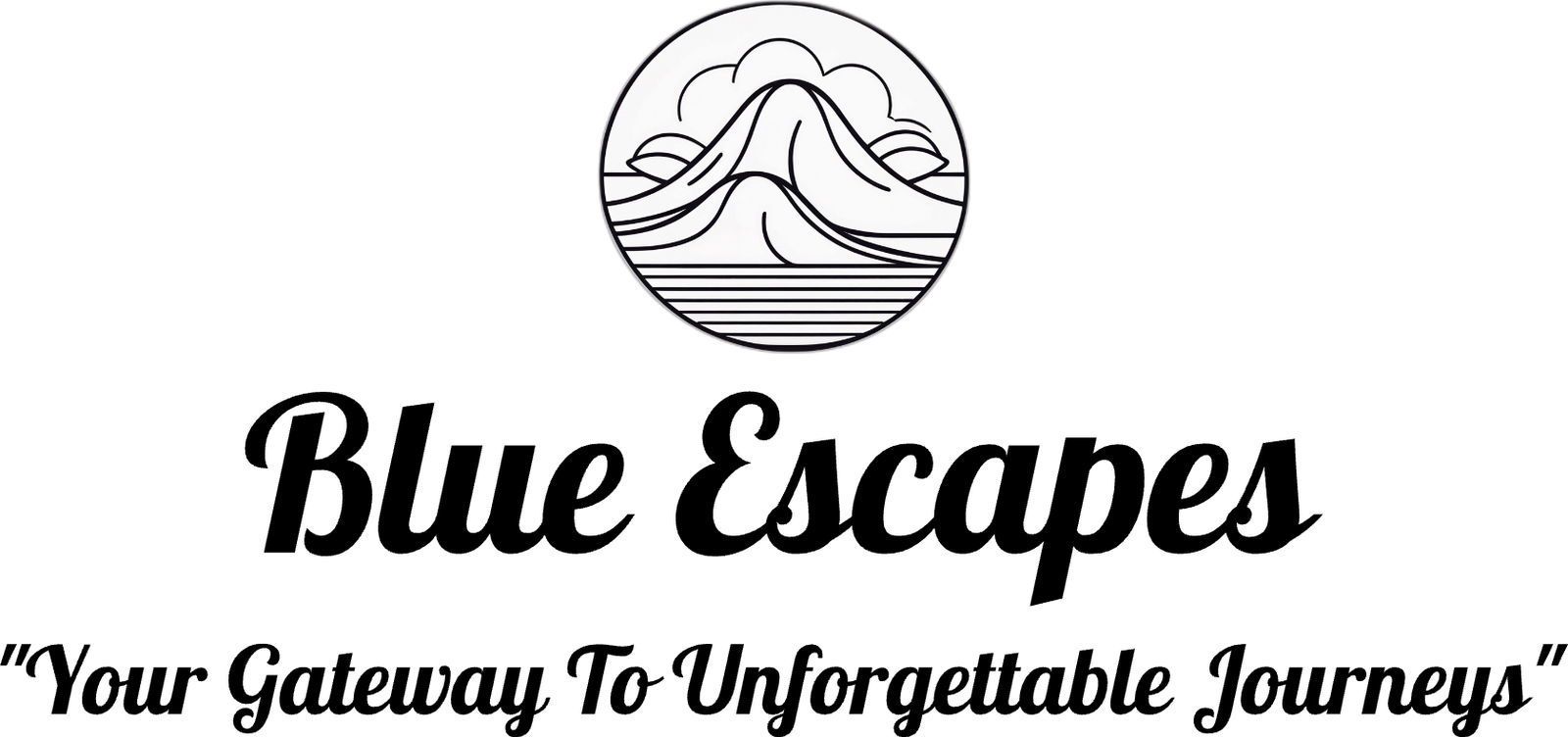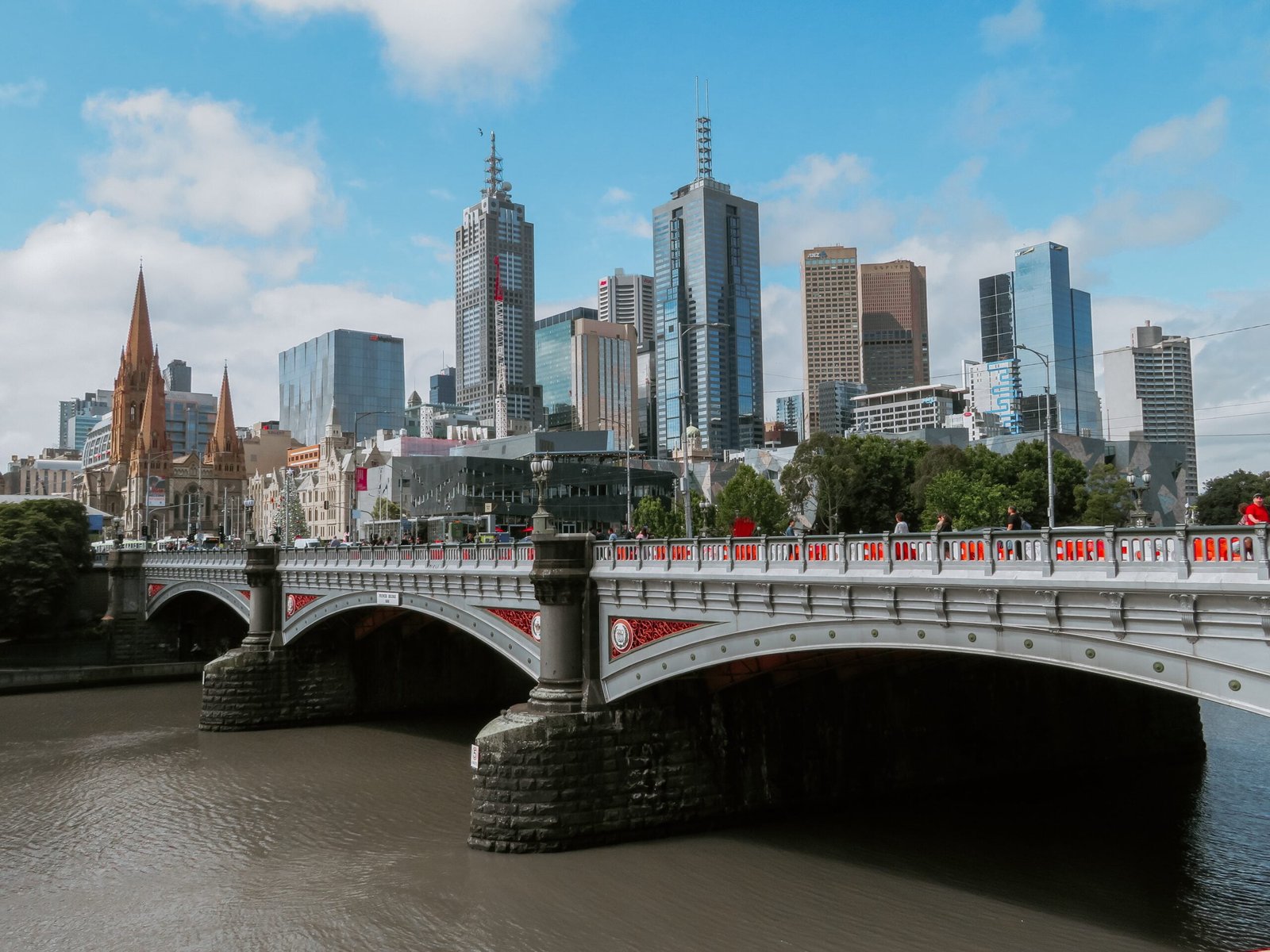Imagine waking up to a silvery world, your familiar neighborhood cloaked in serene white. Yes, that’s right! This is about your experience with snow in Melbourne; the city known more for its coffee culture than wintry precipitation. An unexpected delight, painting a landscape so beautifully rare, with flakes falling gently onto the cityscape. But this article goes deeper than just observing the charming view from your window; it aims to explore how such an uncommon weather phenomenon impacts the dynamics of the city and the everyday lives of its inhabitants like you. Rest assured, your fascination for snow-capped Melbourne is about to take on an exciting journey!

Rarity of Snowfall in Melbourne
The rarity of snowfall in Melbourne can be attributed to several factors, primarily the city’s climate and geography. Snowfalls in Melbourne are infrequent, occurring only a handful of times in the last century. Let’s take a detailed look at these factors.
Factors contributing to snow rarity
Melbourne’s geographical location has a significant impact on its climate. Being located at a latitude of 37.8 degrees south, Melbourne’s winters are typically cool with a relative shortage of extremely cold days. Also, the city is relatively flat with an average elevation below 50 metres above sea level; this means the air doesn’t cool enough for snow to form on most occasions.
Years when snowfall was recorded
Although a rare occurrence, there have been some instances of snowfall over the years. Some of the notable years include 1951, 1986, and more recently in 2005 and 2015.
Variability in Melbourne’s climate
Melbourne is known for its unpredictable weather, often described as ‘four seasons in a day’. This variability is due to its location on the boundary of very hot inland areas and the cold Southern Ocean. This creates a considerable disparity in temperature, fostering undue inconsistencies in the city’s weather pattern.
Historical Instances of Snow In Melbourne
Several instances of snow in Melbourne have been recorded, providing quite a surprise for Melbournians.
Details of the 1951 snowfall
One of the most significant snowfalls in Melbourne’s history occurred on 30 July 1951. On this day, the city received about five hours of snowfall, which blanketed the city and transformed it into a winter wonderland.
The 1986 surprise snow
The snowfall of 25 August 1986 caught Melbourne by surprise. What started as a cold spell turned into a light dusting of snow across the city. It was a sight to behold and one that many residents still remember fondly today.
Recent snowfall incidences
More recently, there have been flakes spotted in some parts of Melbourne in 2005 and 2015. While these instances didn’t amount to much on the ground, they were enough to excite many locals and create a buzz around the city.
Impact on the City
Snow in Melbourne usually tends to be a cause for celebration rather than concern given its rarity. However, it does have the potential to affect the city in a few ways.
Melbourne’s preparation for snow
Because snow in Melbourne is a rare occurrence, preparations for such events often include warnings from weather officials and advice for pedestrians and drivers to be cautious.
Effects on transportation and infrastructure
While many Melbournians might be thrilled to see snow, it can cause disruptions in transportation. Light and heavy snow has the potential to create slippery roads causing accidents and delays.
Public reaction to snowfall
For many locals, seeing snow in Melbourne is a unique experience. Public reactions often range from surprise and excitement to incredulity.
Climate Change and Future Snow Projections
Our rapidly changing climate has significant implications on future weather patterns, and Melbourne is no different.
Effects of climate change on Melbourne’s weather
Climate change has an array of effects on weather patterns. Warming temperatures are contributing to a greater number of hot days in Melbourne, while cold events are becoming less frequent.
Likelihood of future snow events
Given the effects of climate change, the frequency of snow events in Melbourne could further decrease in the future, making such incidents even more extraordinary when they occur.
Predicted impacts on the city
If snow becomes an even more rare event in the future, the city may be even less prepared for the effects, which could disrupt the regular life of the city more notably.

Meteorological Conditions for Snowfall
Weather patterns and conditions play a key role in any snowfall. Here’s a look at the specific meteorological conditions required for snow in Melbourne.
Temperature and pressure systems
For snowfall to occur, the temperature needs to be near or below freezing while a low pressure system needs to be in place to allow for atmospheric lift, leading to precipitation.
Role of cold fronts and storms
Cold fronts and storms play a significant role in Melbourne’s snow occurrences. They bring cold air masses from the Southern Ocean and Antarctic regions, critical for snow development.
Precipitation factors
Sufficient moisture in the atmosphere is crucial for snowfall. Snow events are therefore more likely during seasons with higher precipitation levels, such as winter and early spring.
Comparisons to Other Australian Cities
Compared to other Australian cities, Melbourne experiences snowfall less regularly.
Snowfall records in Canberra and Hobart
Canberra and Hobart, for instance, have more frequent snowfalls due to their higher elevations and southern locations. While each city has unique climate characteristics, their snow events are more frequent and typically more substantial than in Melbourne.
Contrasts in climate and elevation
Melbourne’s lower elevation and milder climate in comparison to Canberra and Hobart generally results in fewer opportunities for snow to occur.
Influence of location and geography
Geographical elements such as location, latitude, terrain and altitude all contribute to these disparities in climatic conditions, and thus snowfall frequency.

Impact on Flora and Fauna
Snow events can have significant effects on local flora and fauna within Melbourne.
Effects on Melbourne’s native species
Many of Melbourne’s native plants and animals are not accustomed to handling snow. For plants, snow can be detrimental as it may damage or break branches. For animals, the cold can impact their ability to find food and shelter.
Adaptations to changing weather conditions
However, Melbourne’s biodiversity is resilient and many species have found ways to adapt to changing climate conditions, including the occasional snowfall.
Consequences for parks and gardens
Snowfall can also temporarily alter the city’s parks and gardens, turning them into wintery landscapes filled with snow-touched foliage – a rare sight in Melbourne.
Influence on Tourism
Snowfall in Melbourne can also have an interesting impact on tourism.
Tourist interest during snow events
The rarity of snow can bring instance interest from tourists and locals alike. Snow events stir excitement and create a buzz within the city, often drawing crowds to popular viewing spots.
Opportunities for winter activities
While snow sports are typically limited due to the infrequent and light nature of Melbourne’s snowfall, these rare events enable residents and visitors to engage in fun, spontaneous winter activities within the city bounds.
Impact on the tourism industry
Though rare, snow events in Melbourne can impact tourism by attracting more peer-to-peer accommodation bookings, increasing walk-in restaurant business, and compelling locals to explore their city in a new light.

Snow Activities and Sports in Melbourne
Despite the lack of proper snowfall, Melbourne has its fair share of snow-related activities and sports during the colder months.
Options for skiing and snowboarding
There may not be enough snow in the city for skiing or snowboarding, but the Victorian Alps, located just a few hours away, offer ample opportunities during the winter months for such activities.
Availability and locations of indoor snow facilities
Melbourne also boasts of indoor snow facilities that allow people to experience winter sports throughout the year.
Impact of snowfall on outdoor sports
When snow does fall, it can interrupt or enhance outdoor sports, depending on how you look at it. A game of football or an afternoon in the park can become a unique experience under unexpected flurries.
Closing Remarks on Snow in Melbourne
Experiencing snow in Melbourne is something quite unique and special. Not only because of its rarity but also because of the delight it brings to the community and the transient beauty it adds to the cityscape.
Public sentiment towards snow in Melbourne
Melbournians generally express anticipation and joy at the prospect of a rare snowfall, seizing the opportunity to revel in the fleeting wintery conditions.
Potential implications for the city’s future
As climate change evolves, so too will our weather patterns. While it’s currently difficult to predict with certainty, this could mean fewer snow events in Melbourne’s future – a reality met with a mix of relief and disappointment among locals.
Overall significance of snow events
Despite its rarity and brief stay, snow holds a significant place in Melbourne’s identity. No matter the disruptions it causes, a snow day in Melbourne is often welcomed with open arms and appreciated for the sheer joy and surprise it brings to the everyday life.








